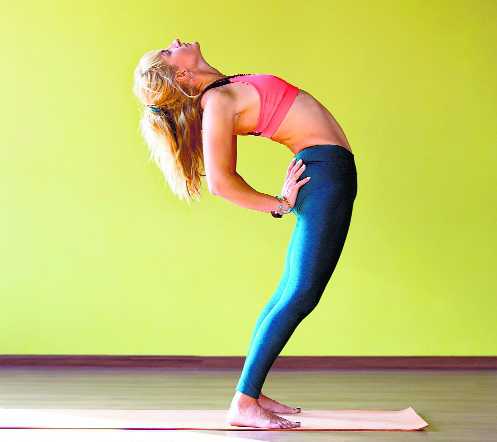Chronic Obstructive Pulmonary Disease (COPD) is a set of inflammatory diseases that obstruct the airflow from the lungs and cause difficulty in breathing. COPD is today the largest cause of deaths in India after heart disease.
According to the Global Burden of disease study 2018, COPD claimed almost 1 million lives in India in 2017. Progressive conditions like chronic bronchitis, emphysema, refractory asthma contribute most to the COPD burden. Long-term exposure to tobacco, indoor or outdoor air pollution and particulate matter is associated with the development of this disease.
Unfortunately, COPD is an incurable condition which worsens over time and symptoms include difficulty in breathing, excess mucus production and wheezing.
The modern medicine treats COPD by using bronchodilators and steroids. On the other hand, a naturopathy-based approach involves stress management, yoga and lifestyle changes that can offer a more holistic solution. Unlike medicines which only manage symptoms, yoga also helps in improving long-term lung function thereby helping reduce the progression of the disease. Adopting a naturopathy based approach can help patients reduce their dosage of drugs. It is also a highly cost-effective way to manage the condition. As deteriorating air quality becomes a major contributor to rising incidence of COPD in India, the importance of naturopathy and yoga-based approach must be encouraged.
Yoga is an excellent remedy for COPD. It helps lower the blood pressure, reduce stress, improve fitness, loosen the mucus and facilitate its passage through the airways. It also helps in controlling your breathing and trains you to help use your lungs fully.
Globally, experts are accepting the importance of yoga in improving lung function and relieving symptoms in patients with COPD. A study conducted at the Vermont Lung Center at the University of Vermont, USA, showed that yoga breathing exercises like prayanama helped increase lung function and breathability in COPD patients.
Yogic kriyas that can help
Yogic kriya are cleansing rituals that help clear up the airways and flush out the mucus. These should be performed in conjunction with the aforementioned asanas for effective relief from COPD symptoms.
Pranayama: Pranayama is a set of breathing exercises that allow the performer to enhance the use of his/her lungs’ capacity. Anuloma/viloma or alternate nostril breathing exercise is a popular breathing exercise or pranayam that helps regulate breathing and improves lung function. Similarly, kapalbhati is another breathing technique that improves the efficiency of the muscle involved in breathing. It also removes impurities from the respiratory tube.
Kunjal kriya: Boil water with cardamom and fennel seeds. Once it cools down, add salt to the solution. Quickly gulp it down without pausing in between. It may taste unpleasant, but this is how it needs to be done to clear out the mucus and open up the airways. Lean forward, and use your index and middle fingers to rub the back of your tongue till you feel the urge to vomit. Make sure you keep vomiting until your stomach is empty. Do not eat anything for half an hour, and when you do, make sure that you stick to food that is easily digestible. Practice this kriya twice a week to alleviate your symptoms.
Jal neti kriya: Prepare lukewarm salt water, and pour it into the neti pot. Insert the spout of the pot into one of your nostrils, and slowly tilt your head to the other side. While pouring the water through nostrils, breathe through your mouth. The salt water will enter one nostril and run out the other. Repeat the process from the other nostril. Once you finish, dry your nose by performing kapalbhati.
Important tip: It is essential that you perform these asanas and kriya under the supervision of a trained instructor until you master them. You will start to experience relief from COPD symptoms in just a few weeks.
Asanas beneficialfor COPD patients
Tadasana: Stand erect with the feet together. Look in front at the eyelevel and interlock your fingers. While inhaling, raise the hands and stretch your heels up. Turn the palms upward. Maintain this position with normal breathing for 15 to 20 seconds. Bring the hands down while exhaling.
Anuvittasana: This is to be done right after tadasana. Stand erect and keep your feet together. Place your palms on your lower back. Press your feet, pull up your kneecaps, and squeeze your hips and thighs. Press your hips forward and arch your torso backwards. If you feel safe, then let your head drop all the way back. Hold the position for 4 to 5 breaths or seconds. To release, keep your arms, legs and hips strong as you rise back up, and make sure your head and neck are the last to become vertical. 




 Driving Naari Programme launched in Chandigarh
Driving Naari Programme launched in Chandigarh






























